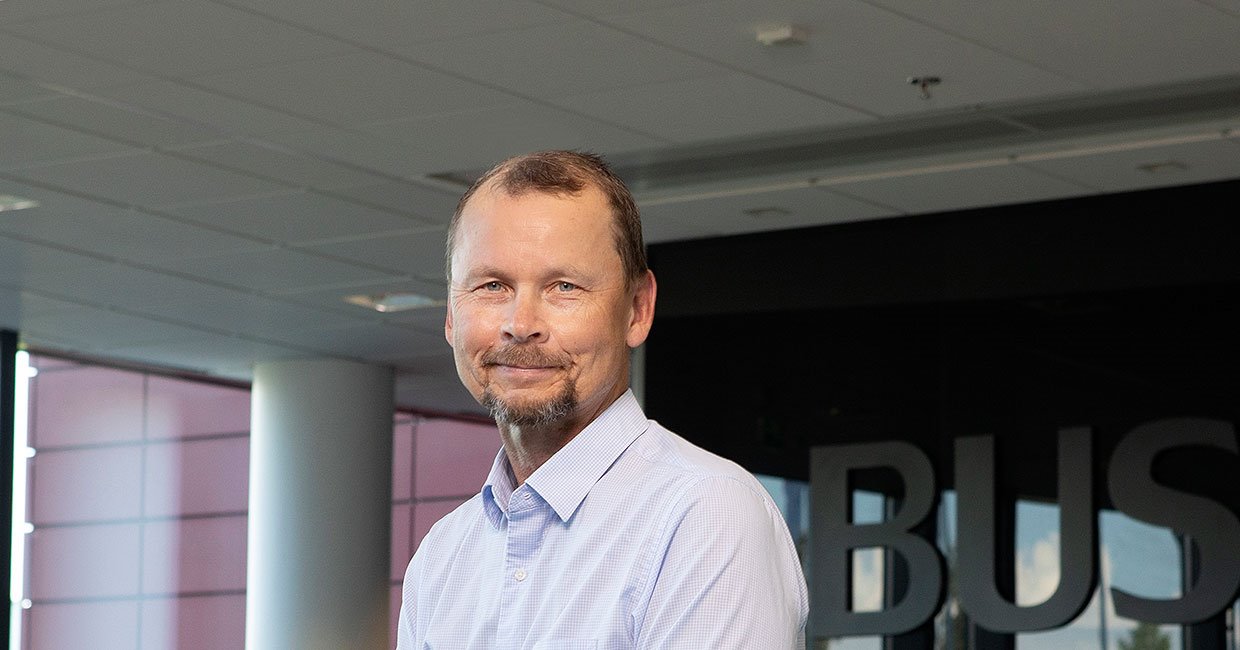
In automation, we need to put people first and copy with pride
Antti Kaunonen, President of Kalmar Automation Solutions, has over 40 years’ of experience working with automation in various forms and across a wide variety of industries. Here, he opens up about what automation means, why it can be a complex process, the importance of good change management and strong leadership, and finding the right balance between people and technology.
Q: Why are terminal automation projects so complex?
A: Ports and terminals are themselves only one part of a complex logistics chain, and can become a bottleneck. When you think about today’s huge container ships arriving at port carrying even 24,000 TEU, the sheer number of actions and transactions involved in processing vessels of this size – and the potential number of exceptions – means these are highly complex operations. This is where the complexity of automation projects comes from.
Q: What do we mean when we say automation? How do we define it?
The word automation means different things to different people as it has so many different layers. On a basic level, it can mean equipment or machine automation, which means adding intelligence to enable movements and different actions. The next level up is introducing the ability to execute different onboard activities to replace the operator. Above that is what we call the equipment control layer, taking care of things like traffic management and routing, and then the terminal operating system layer. You can go even higher with additional layers controlling the entire global logistics system. The term automation can be applied to all these different layers and activities, which is another reason why the word automation may be misunderstood.
Q: In your opinion, what are the key learnings about automation?
Before you can run, you need to be able to walk – but before you can walk, you need to learn to crawl. Crawling is where we are in the world of port and terminal automation right now; we are really just taking our first tentative steps forward. One of the most important things we can learn from other industries is to ‘copy with pride’, meaning to take proven solutions and build on them to create something new. What I mean by this is that we need standardised solutions.
Often when customers discuss automation with us, the tendency is to go down the route of developing once-in-a-lifetime customer-specific solutions that end up being costly and complex to maintain and develop. With proven, standardised solutions, we can benefit from faster implementation, easier maintenance, less development effort, and fewer disruptions. We must, as an industry, learn to copy with pride.
Q: Which comes first: standardisation or automation?
This is a bit like the famous “Which came first, the chicken or the egg?” question. Going back to copy with pride, we have to start with standardisation – and this means standardisation of interfaces, which is relatively simple, as well as standardising the information you are putting into and getting out of a system. Then comes the standardisation of the processes that will become the standardised automation modules which can be connected to form customer solutions. The reality is that standardisation takes a lot of time and effort, with a trial and error phase often coming before standardisation later.
Q: What about the role of change management, leadership and organisational culture in automation projects?
When you start to automate anything, the first mistake you typically make is to try to automate existing processes as they are today instead of thinking about a semi or fully automated terminal setup as a completely different animal. We need to first develop a proper understanding of the current way of working and then think about how automation will impact that.
In brownfield projects in particular, change management is the difference between success and failure in automation projects; without it you will make that first big mistake and try to automate your processes as they are today instead of starting with a clean slate. Automated and semi-automated terminals demand completely new ways of working; you need to change your mindset and you need to be able to adapt your style of leadership to these new ways of working. Placing trust in your people to help you achieve the best possible performance plays a huge role.
Q: How do you achieve the right balance between people and technology in an automation project?
This is another chicken and egg type question! I firmly believe that people come first and technology is just there as an enabler. Many times when you start something new you are working not with a “leading” edge but with “bleeding” edge technology; the technology decisions you make are very important in terms of how successful you will be. And who is making these decisions? Well, it’s the people of course. What our industry is lacking right now is specialists who understand how to align operations, technology and people and get them to work together in harmony.
The two most important takeaways I want people to get from this article are to focus on your people, and never be afraid to copy with pride.

Related articles
Subscribe and receive updates in your email
Iscriviti alle nostre pubblicazioni

